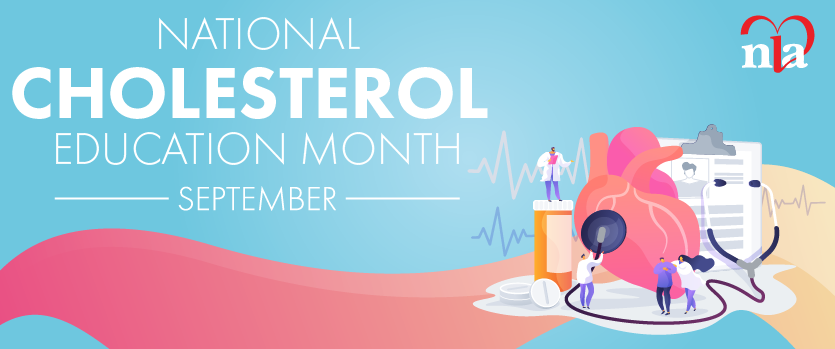Vol. 14 Issue 2
This issue sponsored by the Southeast Lipid Association Featuring: "Dyslipidemia & Antipsychotic Medications: Who is Monitoring the Lipids?" and "Specialized Use of a Niacin-Statin Combination in Lipid Management" more
This is the case of a 68-year-old white female who was being seen in her home in August 2014 as part of a health evaluation for her insurance company. She had a history of hyperlipidemia, hypertension, and diabetes mellitus. She had been placed on atorvastatin five years prior to this visit and... more
When treating our lipid patients it is important to always consider unusual causes of dyslipidemia in our differential diagnosis. Although rare, lysosomal acid lipase deficiency (LAL-D) is often misdiagnosed as an autosomal dominant lipid disorder and/or fatty liver disease.1 LAL-D is caused by... more
Case: We report on a 77-year-old Caucasian male with coronary disease and hereditary dyslipidemia requiring intervention. He was treated with rosuvastatin 10 mg daily. This resulted in remarkable improvement of his low-density lipoprotein (LDL-C) to < 70 mg/dL and triglycerides (TG) to <... more
“What a day that was” – David Byrne, Talking Heads, Stop Making Sense Last year (2015) was a transition year that expanded upon the challenges and changes the National Lipid Association (NLA) had undergone for the prior couple of years. From a national perspective, at the demand of NLA members,... more
Pamela Morris, MD, is currently an associate professor at the Medical University of South Carolina where she serves as director of the Seinsheimer Cardiovascular Health Program and co- director of Women’s Heart Care. She is also the chair of the American College of Cardiology’s Prevention of... more
The Foundation of the National Lipid Association (FNLA) supports patient and clinician educational, research, and community outreach activities that enhance and support the initiatives of the NLA in its efforts to reduce cardiovascular events and deaths related to abnormalities of cholesterol... more
.color-blue{ color: #23527c; } Acetylsalicylic acid, or aspirin, has played a central role in the secondary prevention of cardiovascular disease (CVD) for decades, but the data for primary prevention is less clear. The current recommendations are conflicting. The U.S. Preventive Services Task... more
As clinical lipidogists, the major objective of care for most of our patients is to reduce the risk of atherosclerotic cardiovascular disease (ASCVD). All major guideline documents, including the NLA Recommendations for Patient-Centered Management of Dyslipidemia and the 2013 American College of... more
The theme of this issue of LipidSpin is “Unusual Causes of Dyslipidemia/Less Common Dyslipidemias.” Topics range from sitosterolemia, to lysosomal acid lipase deficiency, to myositis due to red yeast rice. Although not necessarily rare for many lipidologists, other topics include potential... more






.jpg)
.png)










